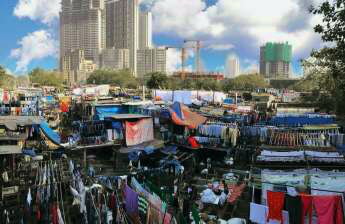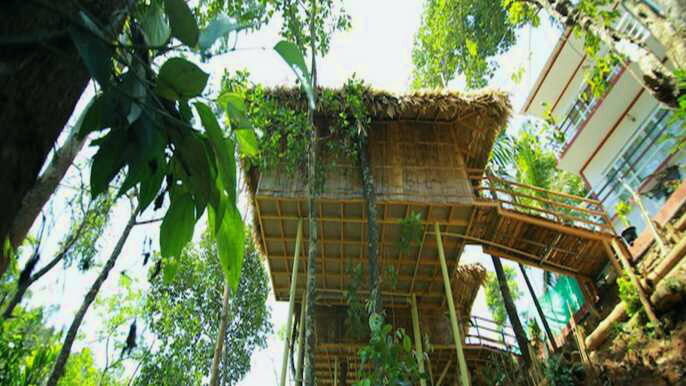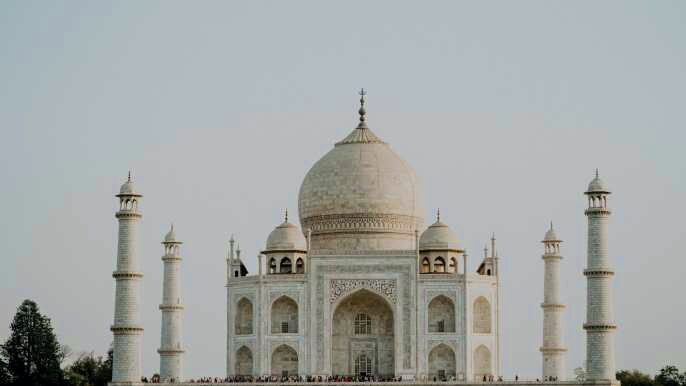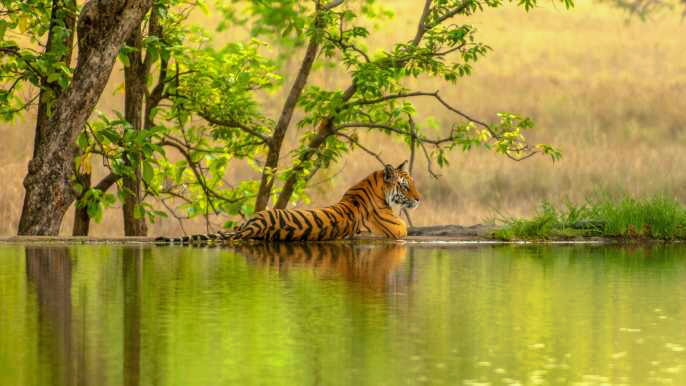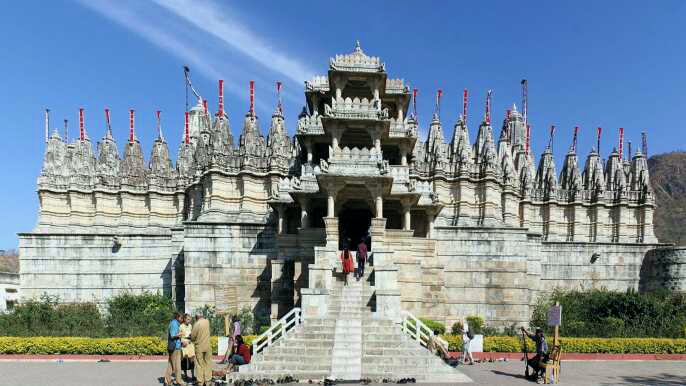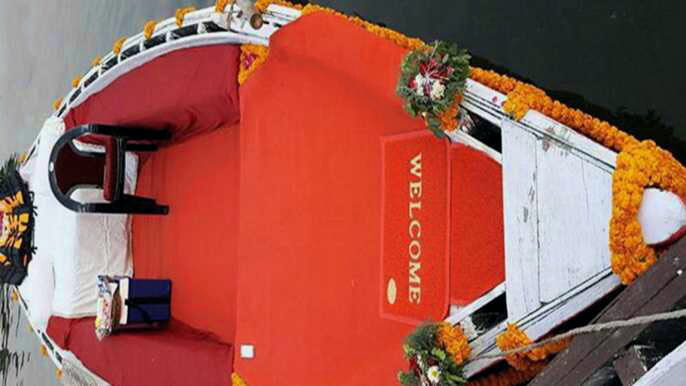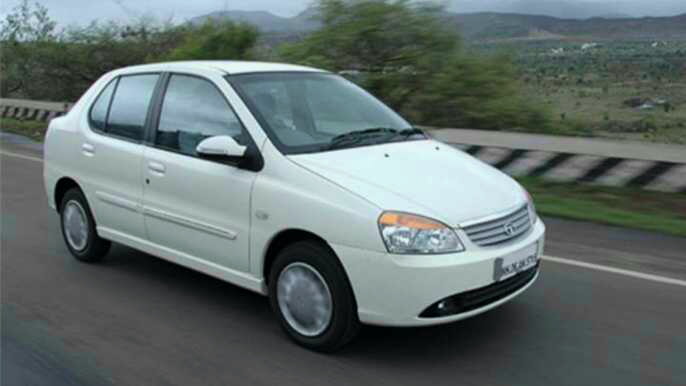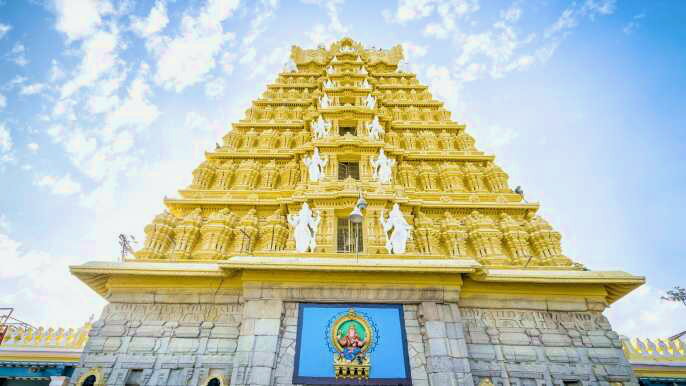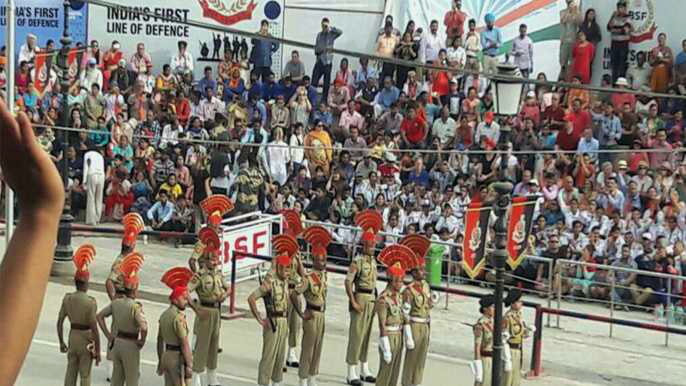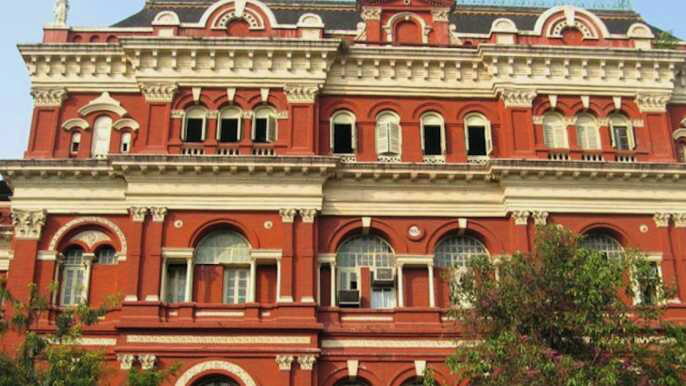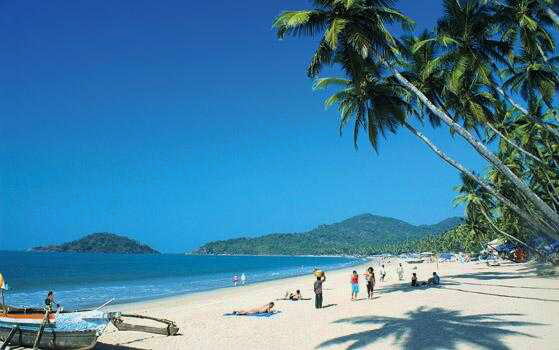Located on the west coast of India, Mumbai is the financial and cultural center of the country. The city is home to one of the largest film industries in the world, as well as ancient cave temples dedicated to the Hindu god Shiva.
Dharavi
Until 1947, Dharavi was the largest slum in India. Today, it is a sprawling neighbourhood of 2.1 square kilometers. There are over one million people living in Dharavi.
The slum is divided into 12 different neighborhoods. It has many mosques, temples and churches. The area is also a hub for small scale industries. These include garment makers, tanneries, distilleries and potteries. These industries employ around a million people.
In addition to being the biggest slum in Asia, Dharavi is also an essential part of Mumbai. The area hosts industries worth over $1 billion. These products are exported all over the world. The city also exports textiles to the Middle East.
In addition to being a key part of the city, Dharavi is also a hotbed of tourism. The area has been gaining attention since the release of the movie 'Slumdog Millionaire.' The film has brought the area into the national spotlight.
Dharavi is the centre of a massive makeover project. The government of Maharashtra is looking to revamp the area. It will invest Rs 100 crore. It will also set up a community land trust. This trust will be run by community members and former landowners.
Prithvi Theatre
Prithvi Theatre is one of the most popular tourist attractions in Mumbai. It is located in Juhu, a western suburb of Mumbai. This cultural hub hosts plays and other events every week. It is also home to an art gallery and a book shop. The theater offers a range of activities that are fun and interesting.
Prithvi Theatre is a nonprofit organization dedicated to promoting performing arts in India. It also organizes film screenings and workshops. The theatre's library features an eclectic selection of literature.
Prithvi Theatre is open seven days a week and performs shows on Saturdays, Sundays, and Mondays. Tickets for the performances are available online. Visitors are required to arrive at least fifteen minutes before the show begins. During the performances, mobile devices must be turned off.
The theater also hosts a number of festivals, workshops, and exhibitions. It is a hub for theatrical experimentation in Mumbai. Many famous artists from around the country come to the Prithvi Theatre to showcase their works. The theatre also offers workshops for students and aspiring actors. It is a great place to meet other people and learn new skills.
Prithvi Theater Festival is a major event that celebrates all forms of theatre. It runs screenings of French films in partnership with the Alliance Francaise de Bombay. It also organizes science-related talks with the Tata Institute of Fundamental Research.
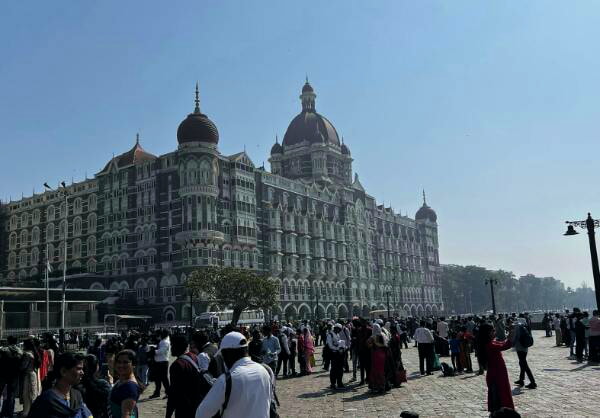
Gateway of India
Often considered one of the best landmarks in Asia, the Gateway of India in Mumbai is a famous structure. The monument was constructed in 1924 in honor of King George V's visit to the city. The gateway is a monument that combines elements of Roman triumphal arch and Islamic architecture.
The Gateway of India in Mumbai is built of yellow basalt, and stands 85 feet tall. It is also reinforced with concrete. It was designed by British architect George Wittet.
The statue of Shivaji Maharaj, a Maratha warrior-hero, was installed in front of the Gateway. He replaced a bronze statue of King George V. The Apollo Bunder Promenade was also constructed in front of the gateway. The promenade used to be a fishing ground, and later became a popular spot for local hawkers and photographers.
The area is constantly abuzz with people. There are several food stalls selling lip-smacking Indian chaats, such as vada pav, and popcorn. These savoury and sweet mixes of fried delicacies are served with mouthwatering sauces.
There are several ferry routes that take passengers from the Gateway of India to the nearby beaches and island of Mandwa. These include cruises that are organized as per the weather conditions.
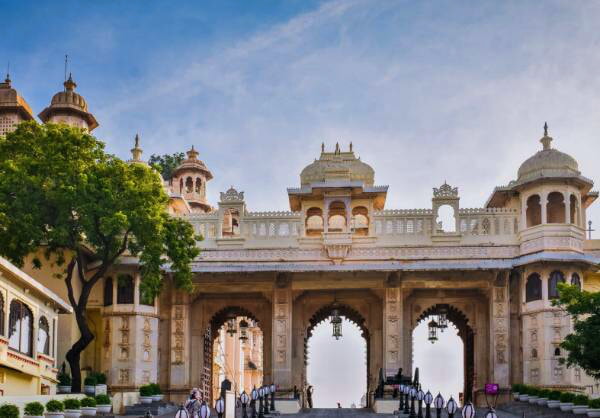
Siddhivinayak Temple
Located in the city of Mumbai, the Siddhivinayak Temple is one of the most popular Hindu temples in the city. This temple is also a favorite of many Bollywood stars and celebrities, who often visit this temple to seek the blessings of Lord Ganesha.
The temple is open from early morning on most days and closes at around 9:50 pm on most days. The temple is also open on Tuesdays, which is the most sacred day of the Hindu calendar.
This temple was originally built in the year 1801, with the intention of fulfilling the wish of a childless woman named Deubai Patil. She believed that if she would pray to the idol of Lord Ganesha, the god would grant her the wish of having children. The temple was initially constructed as a small brick structure, measuring 3.6 meter * 3.6 meter.
In 1990, the temple underwent a massive renovation. The building was reconstructed with pink granite and fine marble. It also included living quarters for the caretaker.
The main idol of the temple is made from a single black stone. The consorts of Lord Ganesha are placed on either side of the idol. The Goddesses Siddhi and Riddhi are also idolized behind the main idol.
Sanjay Gandhi National Park
Located in the northern suburb of Mumbai, Sanjay Gandhi National Park is a wildlife preserve. Its biodiversity is mainly indigenous to the Western Ghats. It is one of the largest parks in India and is visited by more than two million people every year.
The park is home to various species of mammals, birds, and reptiles. There are several walking trails in the park. There are also several accommodation facilities available in the area.
The safari ride in the park is a great way to see the wildlife. A 25-minute ride takes you through 30 acres of fenced forest area. You will be able to view monkeys, deer, and other animals in their natural habitat.
Another popular trail in the park is the Upper Kanheri Trail. The trail begins at the main gate and leads to the Kanheri caves. The trail is about 45 minutes to an hour long and offers a chance to observe colorful birds and reptiles.
There are several other jungle trails that have been established by the park authorities. The most ambitious trail is the View Point trail, which offers a panoramic view of Mumbai.
The park is home to thousands of migrant and native tribals who depend on the forest areas for livelihood. There are 43 padas or hamlets within the park's boundaries.
Shopping at chor bazaar
Whether you're in Mumbai on a budget or are just looking for a unique bargain, there's no better place to shop than the Chor Bazaar. This flea market is one of the largest in the region and it's home to everything from vintage clothes to antique deco pieces.
While it may be tempting to buy one of the many replicas, the most sought-after items at the Chor Bazaar are the real things, like old-fashioned lamps. These can bring you back in time with their nostalgic charm. The most popular lamps are crystal and glass lamps in striking shades.
The market also sells antiques and other vintage products, including collectibles. There are a few shops that specialize in spare car parts. These are located along the Mutton Street. You can find vintage cars, miniature vehicles, vintage planes and signs.
The best time to visit the Chor Bazaar is early in the morning, before the crowds arrive. This is also the time when you can get the best prices for some of the items.
The market has been around for 150 years, and is still one of the most popular tourist attractions in Mumbai. It is located on Mutton Street, near the Bhendi Bazaar. You can catch a rickshaw or taxi to reach the Chor Bazaar.
Gorakhgad
Located in Thane, Maharashtra, Gorakhgad is one of the famous forts in the region. This hill fort is a popular destination for trekking enthusiasts. The trek offers a spectacular view of the Sahyadri mountain range.
The fort was built in a strategic location. It served as a stopover point for travellers and a place for surveillance. It was also a popular place for hermits for meditation. In the reign of Shahaji Raje, this fort was very important.
The fort is named after Gorakhnath, a saint who performed repentance in this place. He was a disciple of the Hindu god Shiva.
The fort is surrounded by lush foliage. It is located at a height of about 2150 feet above sea level. This makes it a popular destination for weekend breaks. There are three chapels in the fort. There is a statue of a bull Nandi at the top of the citadel.
The fort offers great rock climbing opportunities. There are multiple caves near the base of the peak. A well-built water tank is located at the top of the fort.
The trek can be arranged with a guide. However, you can also take your own vehicle. There are numerous ATMs in the area.


